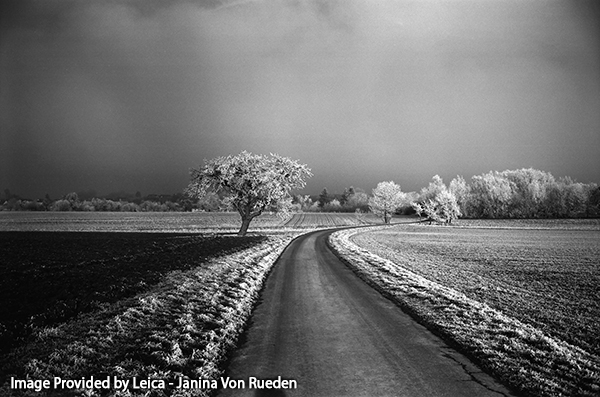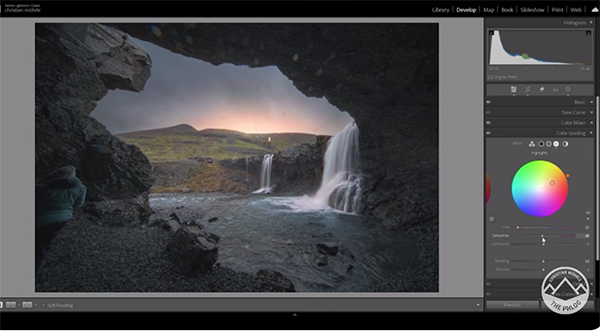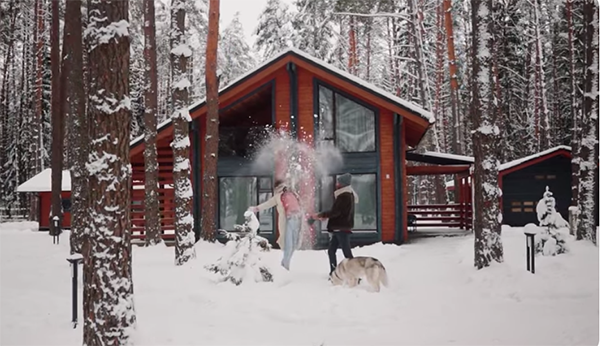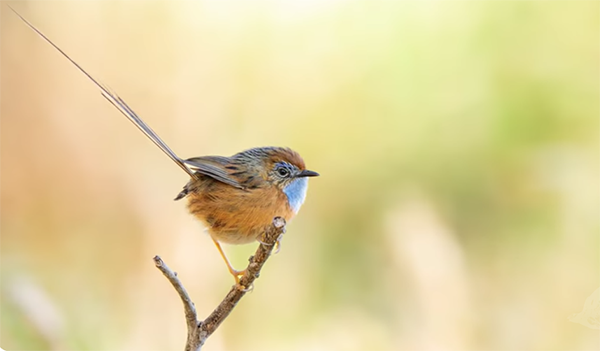NEW Leica Monopan 50 Film Has Expanded Spectral Range & Very High Resolution
Great news for all photographers who shoot 35mm black & white film, Leica’s new Monopan 50 film claims resolution of up to 280 line pairs per millimeter, Spectral Range extending up to 780nm and – maybe best of all – comes in four collectable retro-style boxes.

Priced at $10 per 36 exposure roll (compares favorably with B&H’s price of $8.99 for Kodak Tri-X 36) and available beginning 21-August, Leica Monopan 50 is manufactured in Germany – but by whom?

Who Manufacturers Leica Monopan 50?
It’s not Ilford, despite speculation in that direction. All Ilford film is made in England. Besides, the spectral range is not the same. See for yourself on the Ilford Pan F Plus data sheet.
 And it can’t be Leica. Even though they’re arguably the world’s premier manufacture of high-quality cameras, microscopes and binoculars, they can’t make 35mm film without the exorbitant expense of building a dedicated factory and hiring hundreds of engineers, technicians and other workers. I cannot believe that happened.
And it can’t be Leica. Even though they’re arguably the world’s premier manufacture of high-quality cameras, microscopes and binoculars, they can’t make 35mm film without the exorbitant expense of building a dedicated factory and hiring hundreds of engineers, technicians and other workers. I cannot believe that happened.

Based on the graphs of Color Spectral Sensitivity of Leica Monopan 50 and ADOX HR-50, we have a match. And ADOX HR-50 also resolves 280 line pairs per millimeter. And ADOX films are manufactured in Germany.

Significance of the Extended Spectral Range
Based on my possibly imperfect reading of the ADOX and Leica graphs, the spectral range of both films is approximately 340 to 780nm (nanometers). Typical human vision encompasses roughly 380 to 700nm, according to NASA. So it’s correct to say that Leica Monopan 50 is sensitive to wavelengths the human eye cannot see.

Infrared? Yes, Please!
ADOX HR-50 has been a popular choice for IR (Infrared) photography, which falls within the wavelength range of about 700nm upwards to 1mm (as per information from ICNIRP). The wavelengths of UV (ultraviolet) radiation start around 400nm and extend backward (i.e., less than 400nm). Consequently, based on the information Leica provided, Leica Monopan 50 should be an ideal choice for IR photography, using an R72 red filter on the lens, of course.
Sidebar to slide shooters: check out ADOX’s Scala B&W reversal film priced at $7.49 at B&H for 36 exposure roll.

Conclusion
Leica Monopan 50 is a win-win for everyone, even if (and I say “if”) it’s manufactured by ADOX and has already been on the market as ADOX HR-50. If Monopan 50 encourages even one photographer to go out and shoot some film, it’s mission accomplished in my book.

And the old-fashioned boxes are way cool.

Learn More About Film Photography
Start Shooting 35mm Film – Here’s a Complete Guide
Shoot Film? Here are 5 Labs that Develop & Print
Film Shooters: The Film Photography Project is a Valuable Free Resource You Should Know
Other Resources
Read about Leica Monopan 50 on Leica’s USA website.
Read ADOX HR-50 technical information.
Buy ADOX HR-50 film.
Download the ADOX HR-50 Data Sheet.
Download the ILFORD PAN F PLUS Data Sheet.
Order ILFORD Pan F Plus 35mm film.


Join the Shutterbug Community!
Sign up for an account—it’s easy and FREE. Subscribe to our FREE newsletter (find the sign-up form on our homepage) and bookmark Shutterbug as a Favorite on your browser.
Visit our Gallery section and spend five minutes or less uploading your best shots once a week. You might even become a Shutterbug Photo of the Day photographer!
In the Galleries, you’ll see the incredible work of thousands of photographers from around the world. We encourage you to add your own images to our ever-growing collection. It’s an excellent platform to connect with other photographers and share your knowledge and passion for photography.
(If you’re worried that submitting images to the Photo of the Day gallery might be complicated, it’s not. Check out these short 1-2-3 directions.)
—Jon Sienkiewicz











